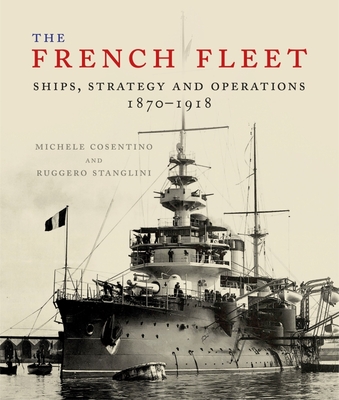The French Fleet

The French Fleet
The book provides a complete overview of the French Navy from the establishment of the Third Republic to the end of World War One. French foreign and naval policy, shipyards and industrial organization, technological innovations, operations and shipbuilding programs are all described in the first part of the volume, while the second and larger part is focused on the different categories of warships, including their qualitative and quantitative evolution during the period of 1871-1918 and their employment during the Great War. A chapter is also dedicated to naval aviation.
Superbly illustrated with rare and carefully selected photographs, this major new reference book paints a clear and detailed overview of the French navy during this era and will stand as a vital companion to French Warships in the Age of Steam 1859-1914 published by Seaforth.
PRP: 324.00 Lei
Acesta este Prețul Recomandat de Producător. Prețul de vânzare al produsului este afișat mai jos.
291.60Lei
291.60Lei
324.00 LeiLivrare in 2-4 saptamani
Descrierea produsului
The book provides a complete overview of the French Navy from the establishment of the Third Republic to the end of World War One. French foreign and naval policy, shipyards and industrial organization, technological innovations, operations and shipbuilding programs are all described in the first part of the volume, while the second and larger part is focused on the different categories of warships, including their qualitative and quantitative evolution during the period of 1871-1918 and their employment during the Great War. A chapter is also dedicated to naval aviation.
Superbly illustrated with rare and carefully selected photographs, this major new reference book paints a clear and detailed overview of the French navy during this era and will stand as a vital companion to French Warships in the Age of Steam 1859-1914 published by Seaforth.
Detaliile produsului










